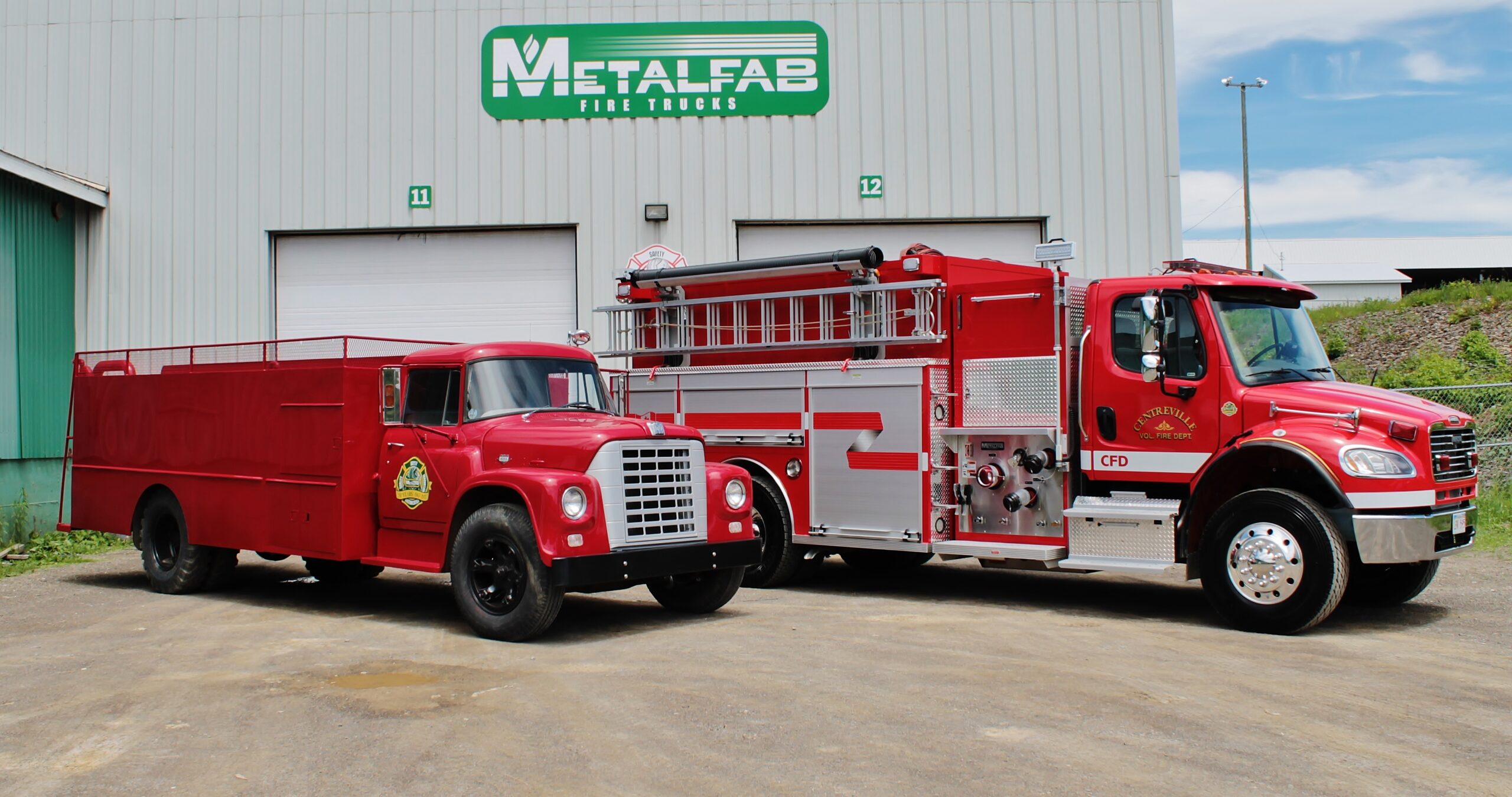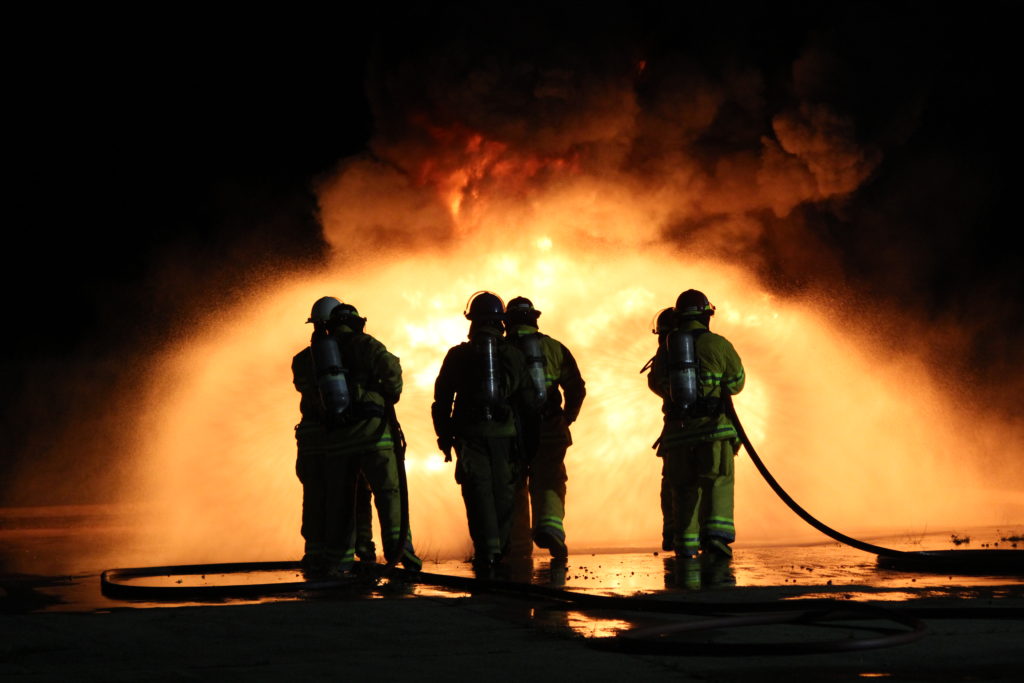
One of the most difficult topics to discuss is the high incidence of cancer in firefighters. According to data from the Firefighter Cancer Support Network (FCSN), cancer is the most dangerous threat for firefighters today. Sadly, over 60 percent of firefighter deaths in the line of duty between 2002 and 2017 were due to cancer. The CDC and National Institute for Occupational Health and Safety report a nine percent higher risk of being diagnosed with cancer for firefighters versus the general population.

Gone are the days when grit and soot proved the mettle of a local firefighter. “When I first got on, the more you smelled like soot and smoke, the more work it meant you were doing,” said veteran firefighter William Duesler in the Miami Herald. “Now, it’s no longer a badge of honor to be dirty.”
Inhalation of smoke and other particles on the job can cause increased risk for various types of cancers including skin, blood, and lung cancers. Several decades ago, asbestos was considered the biggest cancer risk for firefighters. But today’s homes burn down at twice the rate of older homes because of the greater use of synthetic wood and fabrics. Not only do these materials ignite more quickly than wood and other natural products but they also burn hotter and faster and release more toxic materials. The soot left behind on clothing, respirators, and skin can contain carcinogens that are dangerous for firefighters to touch and inhale.
Now that doctors, researchers, and other experts have become more aware of these risks, several organizations have sprung up to address these concerns. The nonprofit FCSN has been providing assistance and mentoring to firefighters and their families since 2005. They deliver firefighter cancer-and-awareness training, raise money for research and firefighter support, and participate in cancer-related research at institutions including Harvard University, the University of Arizona, and the University of Miami. The Firefighter Cancer Initiative (FCI) at the University of Miami was launched in 2015 to better understand the problem of cancer among local firefighters and identify ways to reduce risk.
Fortunately, these institutions have been able to pinpoint specific areas of concern and recommend ways for firefighters to work more safely and reduce health risks. Here is a synopsis of recommendations from the International Association of Fire Chiefs:
- Wear full PPE and SCBA throughout the incident and during salvage.
- Provide second hoods to all entry-certified personnel.
- Use soap and a brush to clean PPE, place in a sealed bag, and place in an exterior compartment of the rig.
- Wipe off exposed areas of the body while still at the scene.
- Change clothes and wash them after exposure. Keep soiled clothes in a plastic bag.
- Shower as soon as possible after exposure to contaminants.
- Keep PPE away from all areas outside the apparatus floor.
- Clean and disinfect apparatus seats and other surfaces regularly.
- Have annual physicals in accordance with recommendations by the International Association of Firefighters.
- Document fire or chemical exposures on incident and personal exposure reports.
Metalfab offers equipment options to help reduce the risk of exposure for firefighters on duty. These include installation of HEPA air filters in the cab, interior coatings using nanotechnology for surface sterilization, ultraviolet lighting devices for air purification, and compartments for storing soiled items away from the cab.
For more information about protecting firefighters from dangerous carcinogens through better equipment, please contact Ryan Stacey, Business Development Manager at Metalfab at 1-800-561-0012, ext. 24.
